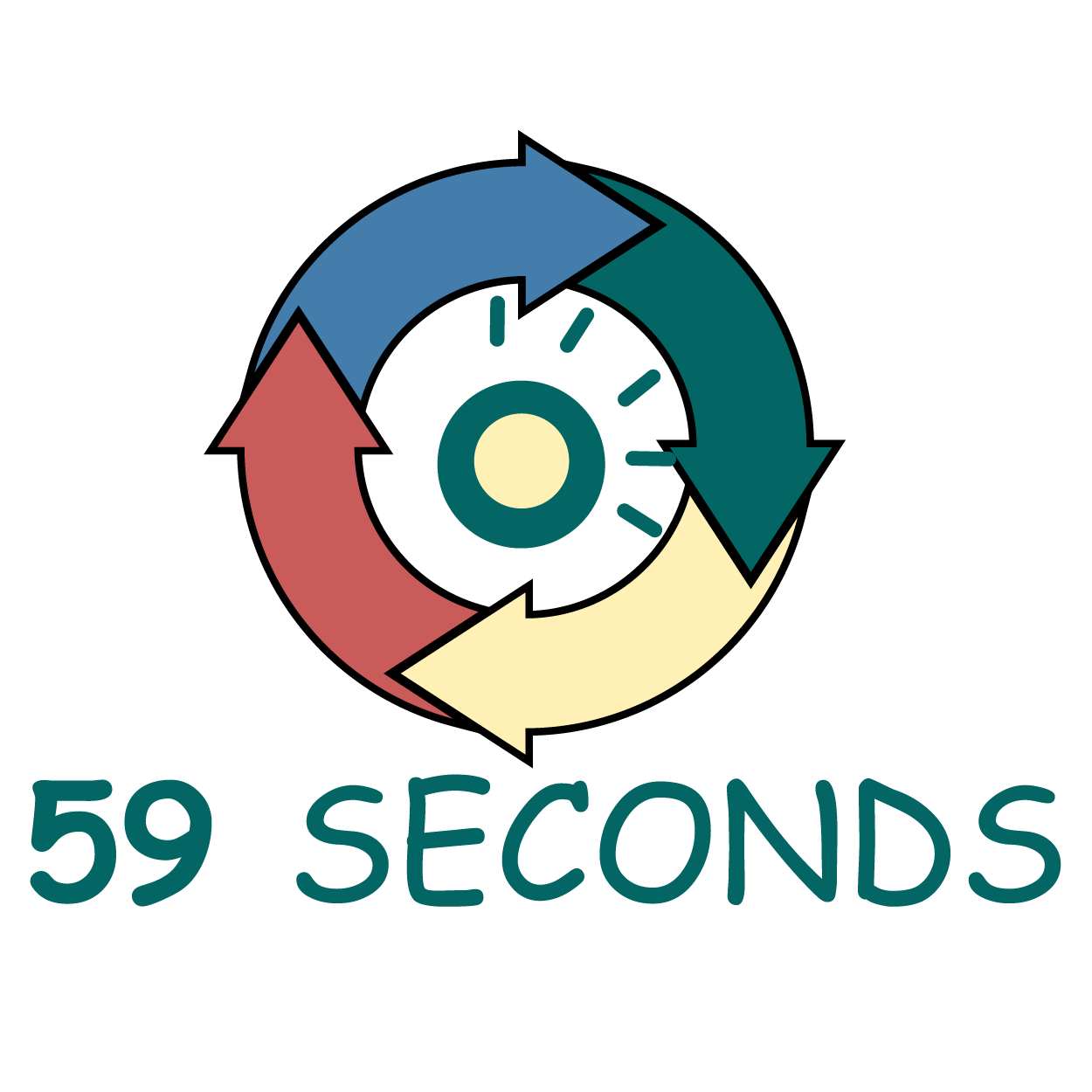
The Agile Principles For Product Owners – Part 3
Agile Principles 11 and 12
11. The best architectures, requirements, and designs emerge from self-organizing teams.
While it is a product owner’s job to bridge the gap between the different roles within a team, this doesn’t mean they should micromanage. A great agile team is self-organizing and takes on its own direction. Having skilled and motivated team members who have decision-making power, communicate and take ownership of the project deliver quality products.
12. At regular intervals, the team reflects on how to become more effective, then tunes and adjusts its behavior accordingly.
Reflection is an important part of Agile. Teams should always seek to become better and just because they have done things a certain way for a long time doesn’t mean it should continue that way. Taking time to reflect on how to become more effective helps move a project forward and a team becomes more efficient.
Agile Principles Summary
With the ever-changing environment of today’s market, a product owner can use Agile’s 12 principles to help create a product that addresses the customer’s evolving needs and balance the interests of business stakeholders and needs of the development team.
Since these principles put the customer’s needs in the forefront of development and focus on producing products in a timely, effective manner, a product owner who goes back to basics and applies these principles to development will keep customers happy while producing quality products.
<– Continue Reading –>
Our Book Recommendations
We found these books great for finding out more information on Agile Scrum:
Master of Agile – Scrum Product Owner With 59 Seconds Agile (Video Training Course)
Introductory Offer: Free Course
What is this course?
This ‘Master of Agile – Scrum Product Owner With 59 Seconds Agile (Video Training Course)’ provides an in-depth understanding of the Scrum Product Owner roles and responsibilities
You will explore the Agile Scrum project life-cycle, including how an Agile User Story is created, to how we know when it is ‘done’
This course is aimed at those with or without prior knowledge and experience of the Agile values and principles
During this course you will learn the tools needed to succeed as a Scrum Product Owner
What will you learn?
You will gain an in-depth understanding of the Scrum Product Owner roles and responsibilities, and you will be able to
- Fully understand the role of the Scrum Product Owner
- Understand the roles involved in an Agile project
- Create an effective Product Backlog
- Effectively participate in Scrum Meetings such as the Daily Stand-up, Sprint Review and Retrospective
- Identify the roles involves in the Scrum Team

What topics are covered within this course?
You will cover the following topics during this course:
- An Introduction to Agile Project Management (Product Owner)
- The 12 Agile Principles (Product Owner)
- The Declaration of Interdependence (Product Owner)
- Introduction to Scrum (Product Owner)
- Scrum Project Roles (Product Owner)
- The Agile Project Life-cycle (Product Owner)
- Acceptance Criteria and the Prioritised Product Backlog (Product Owner)
- Epics and Personas (Product Owner)
- Sprint Planning (Product Owner)
- User Stories (Product Owner)
- The Daily Scrum (Product Owner)
- The Product Backlog (Product Owner)
- Scrum Charts (Product Owner)
- Review and Retrospective (Product Owner)
- Validating a Sprint (Product Owner)
- Releasing the Product (Product Owner)
